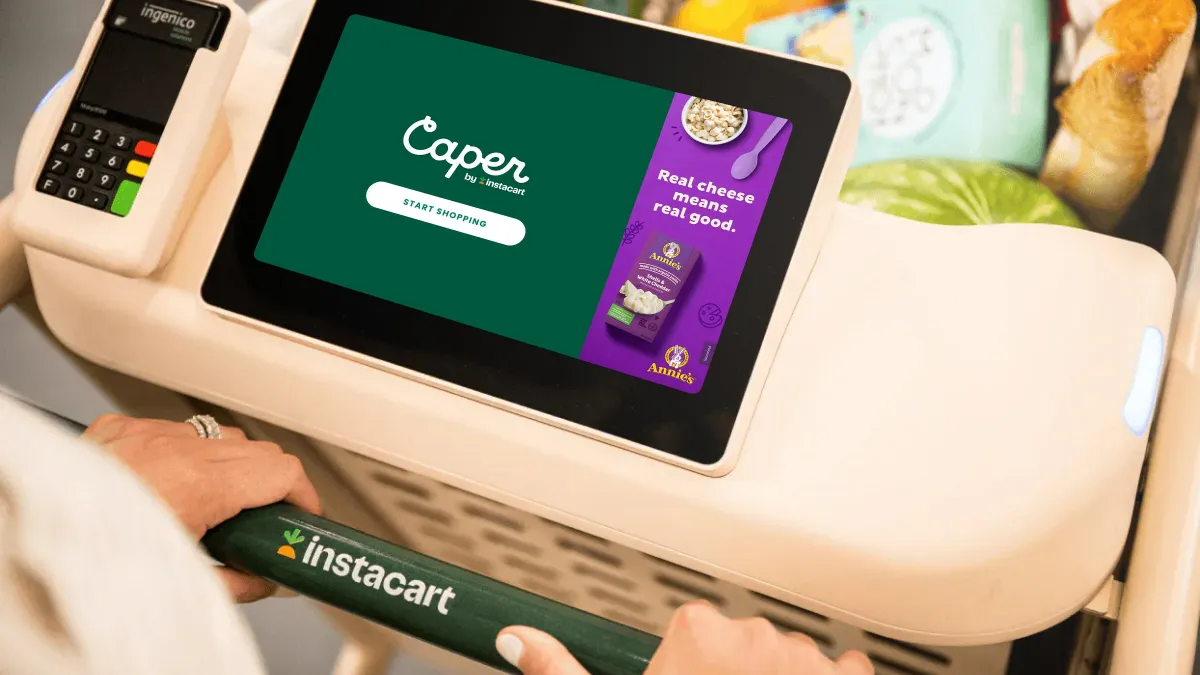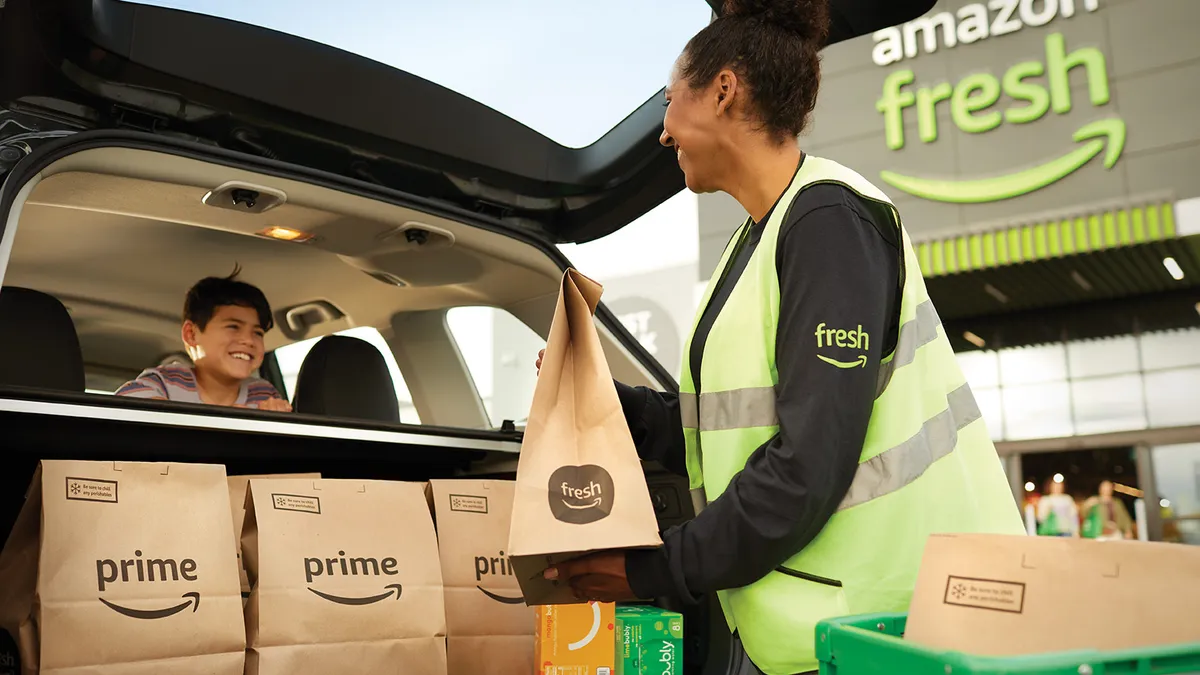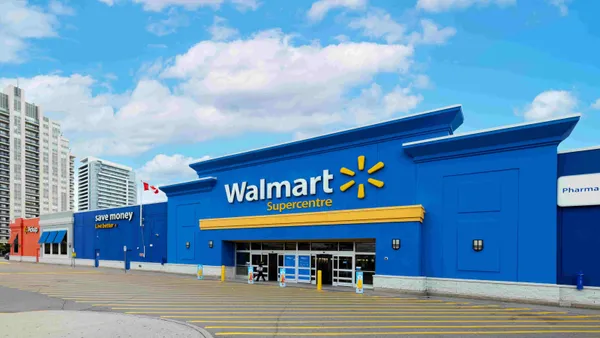Less than six months after shutting down, Brandless is back.
The budget-chic seller of home goods and beauty products that crumpled under a faulty business model and outsized expectations has officially resurfaced weeks after it began hinting at a comeback on its website. The company has new leadership, but is bringing back many of the products and prices that were on the site when it when it went dark in February.
In contrast to its splashy launch back in 2017, Brandless 2.0 is launching at limited scale. Starting Monday, it's offering a small selection of product bundles, including a collection of cleaning products for $180 that at publication time had just 99 units in stock. The bundles will update regularly, and within weeks Brandless says it will list more than 300 products that were formerly available on the site.
The company also lacks the big industry names that led its first endeavor. Ryan Treft, the new CEO, is a digital marketing executive in Salt Lake City who has helped scale e-commerce brands like Coalatree, an outdoor apparel and accessories brand, and PeeJamas, which makes nighttime training underwear for toddlers. He teaches business classes part-time at Weber State University.
Treft said he was one of a very few people to put in a bid to acquire Brandless back in February, and that he was surprised when he found out he actually got it. Ikonifi, the marketing firm where he serves as partner, has provided backing along with Clarke Capital Partners. After getting over the initial shock at the size of the company’s inventory and data assets, Treft and a small team have been working nearly around the clock to get the site back up.
“There wasn’t a ton of interest and not a lot of offers,” he told Grocery Dive. “There were a few liquidators that wanted the inventory.”
Brandless had gained a reputation as a deeply troubled operation by the time it shut down. The company launched with a uniform $3 price point that hooked many shoppers initially, but wasn’t economically sustainable and eventually scrapped. By the time it folded, Treft said, Brandless was selling things like $200 suitcases and a $180 mixer meant to rival Vitamix.
Brandless had a shifting cast of top executives that each tried to put their stamp on the company. Softbank, the company’s main banker, drove it toward unrealistic profitability goals, which further compounded its problems. And then there was the unrelenting competition from established retailers as well as e-commerce startups like Public Goods.
“So much of the focus was on brand-building growth and not really looking at the underlying economics,” Neil Stern, senior partner with retail consulting firm McMillanDoolittle, told Grocery Dive.
Treft said he believes Brandless is a winning concept. He spoke glowingly of the company's vision and said he has consulted with Tina Sharkey, the company's founder who left Brandless early last year.
"The list of value-based companies that really have a tribe of enthusiasts that like to brag about buying products from that company is not very long," he said. "Brandless pulled that off."
But he’s determined to run a more pragmatic operation. The company will maintain its product standards for health and sustainability, but it will steer away from items that don’t have an “obvious” value to shoppers, he said.
“There’s going to be a lot of hard goods that we get out of,” Treft said. “It’s really difficult to be able to make the economics work and make it obvious you’re offering great value on a can opener or a spatula, compared to a bag of moringa powder that’s organic, gluten-free and vegan.”
Press materials note that the company plans to develop more smoothie blends, essential oils, organic lotions and creams, cleaners and sanitizers. Brandless’s nighttime routine products — toothpaste, eye creams and hand creams — were some of its best sellers, Treft said.
The new Brandless won’t require a membership, but shoppers will be able to subscribe to monthly shipments on certain products and get discounts of between 5% to 10%, Treft said.
There are changes coming to its logistics operations, too. Treft, who has experience operating e-commerce warehouses, said Brandless paid the highest fees he’d ever seen on its fulfillment center. So he set up meetings with numerous third-party firms, eventually settling on a warehouse operation near Louisville, Kentucky that charges around a fourth of what Brandless formerly paid, he said.
“It was outrageously high. That was an easy fix for me,” Treft said.
The original Brandless dabbled in physical retail via pop-up shops and trying to sell its products to brick-and-mortar chains. Treft said he isn’t really interested in the former but is already holding talks with retailers about offering product exclusives.
Brands like Harry's have been successful moving into stores after starting in e-commerce. However, getting onto store shelves could prove challenging for a company that’s also trying to get back on its feet, Stern noted.
“The challenge is you start to compete against a whole new set of competitors and face a whole new set of ground rules,” he said.
Although COVID-19 initially kept buyers away from the company, Treft said he hopes Brandless can capitalize on the pandemic-driven surge in online shopping. E-commerce startups, particularly grocery names like Thrive Market, have boosted their user base considerably. But companies are still contending with high costs, and consumers have begun visiting stores once again as states have allowed them to reopen.
Stern said the most important thing Brandless can do is to clearly define its value.
“Beyond being Brandless, what are you known for? What are your signature products and must-have items? That’s a bit trickier for them,” he said.





















